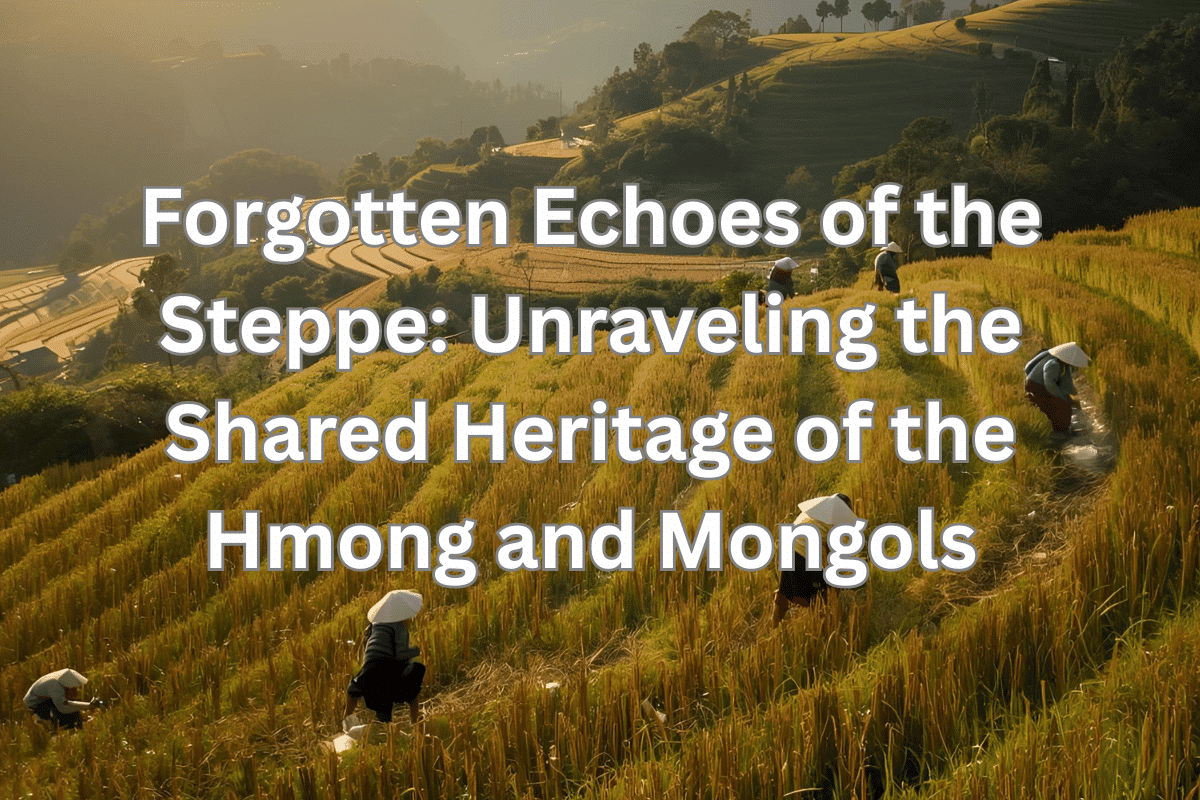Imagine traversing the ancient steppes, where the winds whisper tales of empires rising and falling, and resilient peoples migrate in search of new horizons.
As you journey through this vast landscape, you might stumble upon a captivating question: could two peoples separated by thousands of miles and centuries truly share an ancient heritage? In this exploration, we delve into the intriguing connections between the Hmong and the Mongols, revealing a heritage richer and more intertwined than you ever imagined.
Table of Contents
- The Initial Intrigue: Hmong and Mongol
- The Migratory Tapestry
- Cultural Threads and Linguistic Clues
- Genetic Journeys and Archaeological Whispers
- Legacy and Modern Identity
- Deep Dive Podcast
- Related Questions
The Initial Intrigue: Hmong and Mongol
At first glance, the Hmong and Mongols appear to be worlds apart. The Hmong, an ethnic group primarily found in Southeast Asia, have a distinct culture characterized by vibrant textiles and complex agricultural practices.
In contrast, the Mongols, known for their formidable empire under Genghis Khan, roamed the expansive steppes of Central Asia, mastering the art of horseback riding and warfare. However, as we peel back the layers of history, we uncover whispers of a shared past that beckons for exploration.
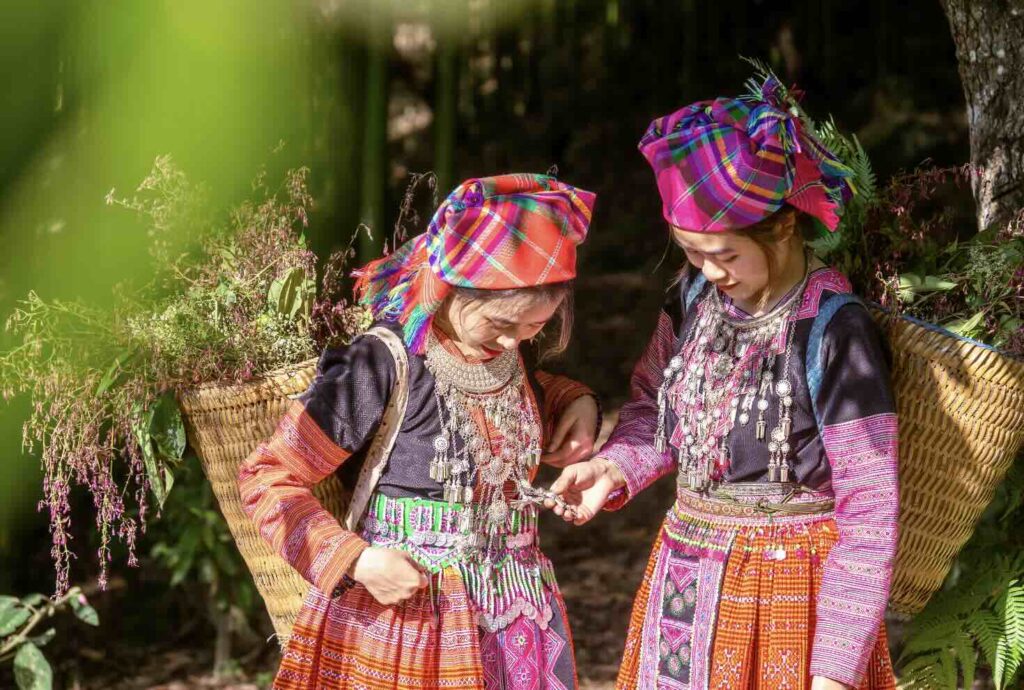
Setting the Stage: The Eurasian Steppe
To understand the potential connections between these two groups, we must journey back in time to the vast, windswept Eurasian Steppe. This region, stretching from Eastern Europe to Mongolia, served as a cradle for nomadic empires and a crossroads for diverse cultures. The steppes provided not only sustenance through vast grasslands for grazing but also facilitated migration and interaction among various peoples. As empires rose and fell, the steppe became a tapestry woven with the threads of countless stories, including those of the Hmong and Mongols.
The Migratory Tapestry
Tracing the Hmong Origins
The origins of the Hmong people are shrouded in mystery, with various theories suggesting ancient homelands in regions such as southern China. Linguistic and archaeological evidence points to a migration southward over centuries, leading them to settle in the mountainous areas of Laos, Vietnam, and Thailand. This journey was not merely a physical relocation but a testament to their resilience and adaptability in the face of changing environments and political landscapes.
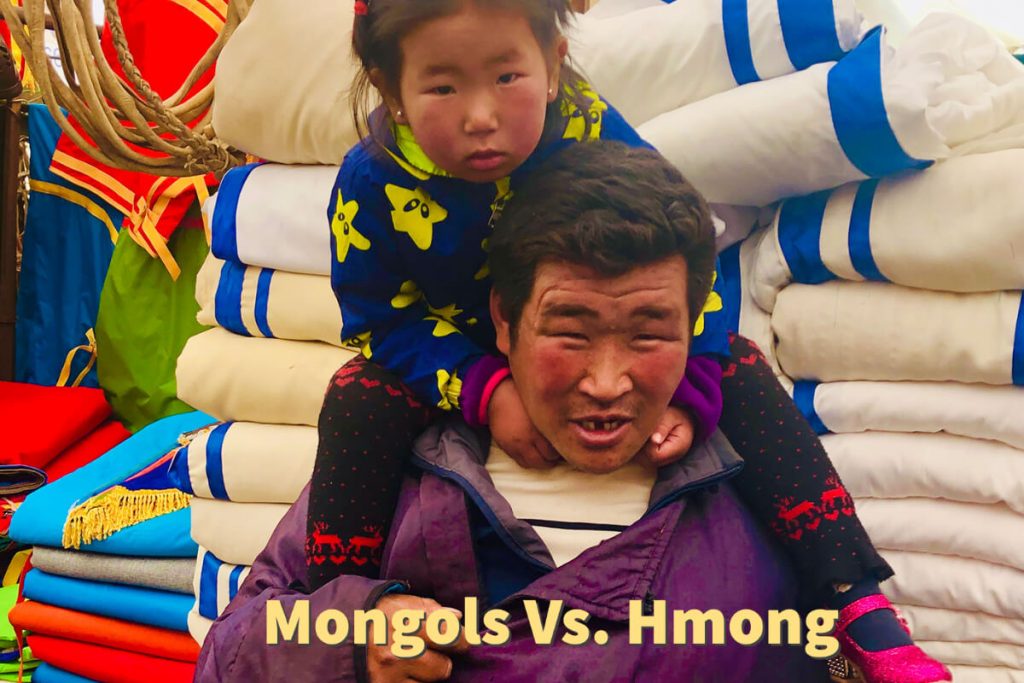
Mapping the Mongol Expansion
Conversely, the Mongol Empire, founded in the early 13th century by Genghis Khan, represents one of the most remarkable expansions in history. From their origins in the steppes of Mongolia, the Mongols created an empire that stretched from Eastern Europe to the Sea of Japan. Their mastery of horseback warfare and innovative military strategies allowed them to conquer vast territories, integrating diverse cultures and peoples into their realm. This expansion not only reshaped the political landscape of Eurasia but also facilitated cultural exchanges that would echo through history.
Identifying Potential Convergence Points
As we examine the migratory paths of the Hmong and Mongols, we begin to identify potential convergence points in their histories. Both groups navigated the challenges of migration, adapting to new environments and forming communities that reflected their cultural identities. While the Hmong moved southward through mountainous terrains, the Mongols traversed the steppes, creating a dynamic interplay of cultures and ideas.
Cultural Threads and Linguistic Clues
Shared Cultural Motifs
Despite their geographical separation, both the Hmong and Mongols exhibit shared cultural motifs that hint at a deeper connection. Traditional attire, for instance, showcases intricate embroidery and vibrant colors, reflecting a rich artistic heritage. Shamanic practices, central to both cultures, emphasize a profound relationship with nature and the spiritual world. Epic storytelling traditions also serve as a bridge, with narratives that resonate across generations, capturing the essence of their respective histories.
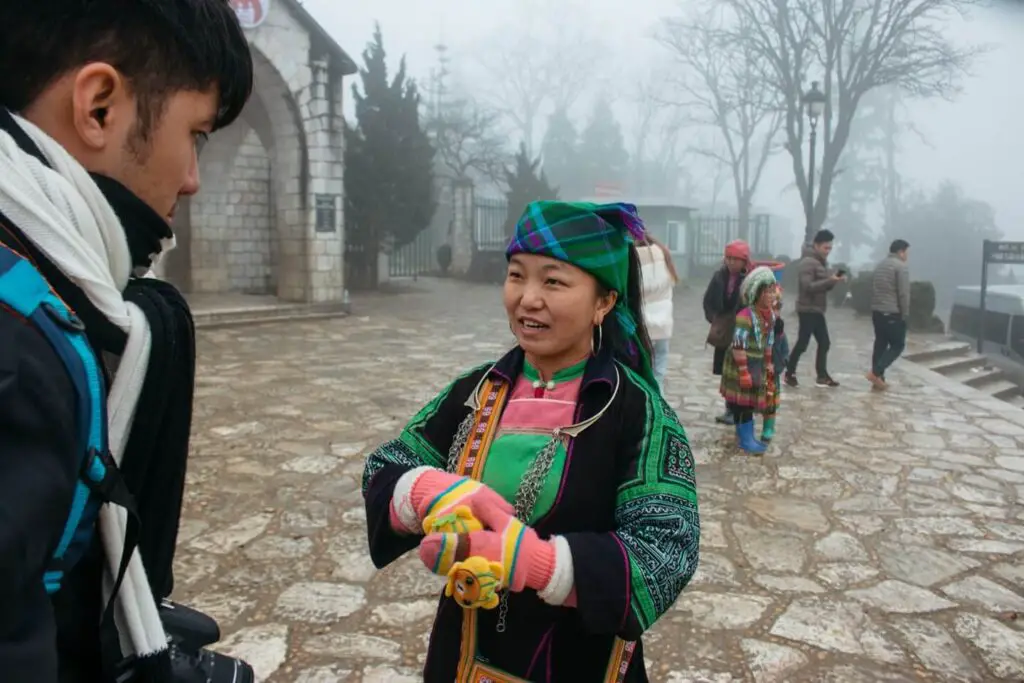
Linguistic Analysis
Linguistically, the Hmong-Mien language family and the Mongolic languages present an intriguing area of study. While they belong to different language families, some scholars have proposed potential links between them, suggesting that ancient interactions might have influenced the development of these languages. Further research into the phonetic and grammatical structures of these languages could reveal unexpected connections that transcend geographical boundaries.
Folkloric Echoes
Legends and oral traditions within both cultures also provide valuable insights into their shared experiences. For instance, tales of migration, survival, and resilience abound in both Hmong and Mongol folklore, reflecting the trials faced by their ancestors. These narratives often emphasize themes of unity, strength, and the importance of community, suggesting a common thread woven through their histories.
Genetic Journeys and Archaeological Whispers
Unpacking Genetic Evidence
Recent genetic studies have begun to shed light on the ancestral connections between the Hmong and Mongols. Research into haplogroups—genetic markers that trace lineage—has revealed intriguing similarities that suggest shared ancestry. While further studies are needed to draw definitive conclusions, these findings open the door to a deeper understanding of the genetic tapestry that binds these two groups.
Archaeological Discoveries
Archaeological discoveries in the steppe regions have also contributed to our understanding of these ancient peoples. Artifacts such as tools, pottery, and burial sites provide glimpses into the lives of those who once roamed these lands. Settlement patterns and trade routes reveal interactions among various cultures, hinting at the possibility of contact between the Hmong and Mongols during crucial periods of history.
The “Missing Pieces”
Despite the promising avenues of research, connecting the dots between the Hmong and Mongols remains a complex endeavor. The vastness of the steppe, coupled with the challenges of historical documentation, presents obstacles in fully understanding their intertwined past. Ongoing research efforts continue to seek out the “missing pieces” of this puzzle, striving to uncover the connections that may have been lost to time.
Legacy and Modern Identity
The Enduring Impact
The potential connections between the Hmong and Mongols extend beyond historical curiosity; they shape the modern identities of both groups. Understanding these shared roots fosters a sense of pride and belonging, allowing individuals to appreciate their heritage in a broader context. As globalization continues to reshape cultural landscapes, recognizing these ancient ties becomes increasingly important in preserving unique identities.
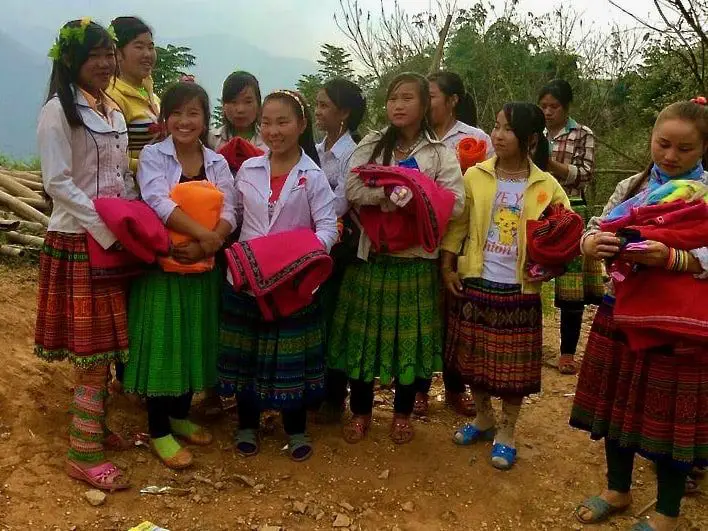
Bridging Cultures Today
In today’s interconnected world, bridging the cultural gaps between the Hmong and Mongols holds significant value. By exploring their shared histories, we can foster cultural exchange and mutual respect, promoting understanding among diverse communities. Initiatives that celebrate this heritage—through festivals, art exhibitions, and educational programs—can create opportunities for dialogue and collaboration.
Call to Action
As we conclude this exploration into the forgotten echoes of the steppe, we encourage you to embark on your own journey of discovery. Explore your ancestral connections and delve into the vast, interconnected tapestry of human history. By embracing our shared past, we can build a future rooted in understanding, respect, and appreciation for the diverse cultures that enrich our world.
The Hmong and Mongols, though seemingly distant, share a heritage that echoes through the annals of history. Their migratory paths, cultural motifs, linguistic clues, and genetic journeys intertwine in ways that invite us to reconsider our understanding of human connection.
As we traverse the ancient steppes, let us celebrate the resilience of these peoples and the enduring legacy they leave behind—a testament to the power of shared history and the bonds that unite us all.
Deep Dive Podcast
Listen to our Deep Dive Podcast
At A Bus On A Dusty Road, we discuss history, travel, life, sailing, and ex-pat living. We are all about “Living Life As A Global Citizen.” We explore social, cultural, and economic issues and travel.
We would love to have you be part of our community. Sign up for our newsletter to keep up-to-date by clicking here. If you have any questions, you can contact me, Anita, by clicking here.
Listen to our Podcast called Dusty Roads. You can find it on all major podcast platforms. Try out listening to one of our podcasts by clicking here.
Subscribe to our A Bus On A Dusty Road YouTube Channel filled with great videos and information.
Related Questions
Differences Between Hanoi And Saigon? 9 Differences Explored
Hanoi and Saigon may be in Vietnam, but they also differ in the food and language of both cities’ daily lives. The weather and climate between both Hanoi and Saigon are also different. Hanoi is in the northern part of Vietnam, and Saigon is in the southern region. Through all my years of living and working in Vietnam, here are some differences I have seen between life in Hanoi and life in Saigon, Vietnam.
You can discover more by reading Differences Between Hanoi And Saigon? 9 Differences Explored by clicking here.
Why Is Being An Expat So Hard? 7 Real-Life Examples
For the last 30 years, I have lived and worked in foreign countries such as Hong Kong, Thailand, China, and Vietnam. I have been an ex-pat or expatriate for my entire adult life and working career.
As an ex-pat, there are things you miss out on from your home country, family events, and other life-important events. As an ex-pat, sometimes you can feel like an outsider in your host country, and life can be lonely as you are away from family and friends.
You can learn more by reading Why Is Being An Expat So Hard? 7 Real-Life Examples by clicking here.
What Is The Future Of Social Media? Future Social Media Trend
Worldwide the usage of social media continues to rise. This upward trend shows that social media’s future is bright and social media is here to stay for a while. More people worldwide are starting to sign onto social media platforms such as Facebook, YouTube, WhatsApp, Facebook Messenger, and Instagram. Tiktok is also an essential app as more people spend more time on TikTok than any other platform.
By clicking here, you can discover What Is The Future Of Social Media? Future Social Media Trends 2023.

